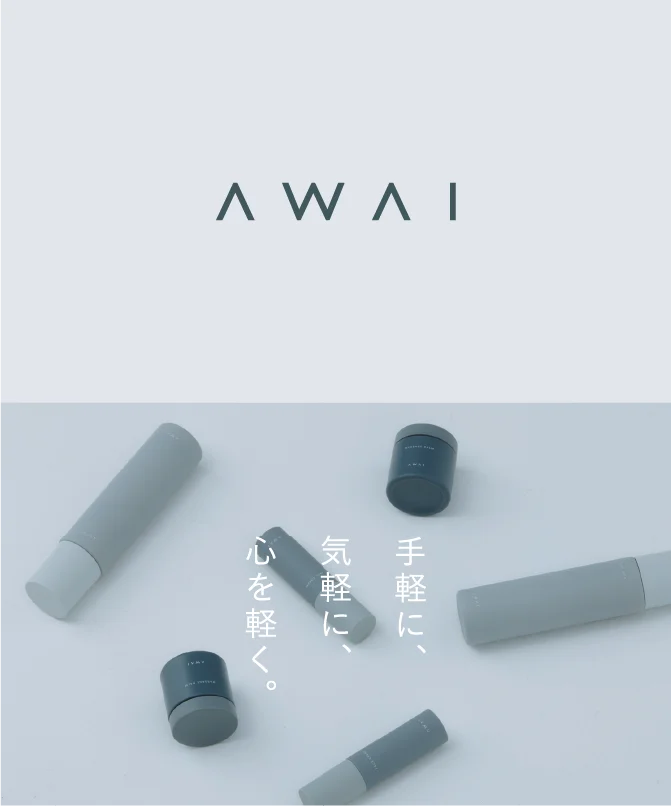The wonderful power of Nukazuke (rice bran pickles) has been shown in various studies.
Among them, an amino acid called “GABA,” which is abundant in rice bran,
acts on the brain to suppress excitement and lower body temperature,
leading to smooth sleep, as recent research has shown.
Also, fermented foods such as Nukazuke are known to regulate the intestinal environment.
Immunity to fight off diseases and correct thinking are key to “intestinal health.”
And if you pickle seasonal vegetables, you can also get the nutrients you need for that season.
Once you get used to it, taking care of the Nukadoko (rice bran bed) is fun.
If you continue to eat it like a salad, it will be full of benefits for both health and beauty.
Why don’t you start a Nukazuke life too?
Styling : Yuko Hama
Text : Noriko Tanaka
Edit : Ayumi Sakai

Key Ingredient: Nukadoko (Rice Bran Bed)

Most vegetables originally have lactic acid bacteria on them.
The mechanism of Nukazuke is that when pickled in rice bran, osmotic pressure causes glucose and fructose to flow out of the vegetable cells, and lactic acid bacteria continue to increase using this as nutrition.
Speaking of lactic acid bacteria, they are the representative of good bacteria.
By regulating the intestines, it is said to reduce stress and be good for preventing depression and anxiety disorders.
In addition, rice bran, the raw material of Nukadoko, is a treasure trove of nutrients such as vitamins, minerals, proteins, and fats.
These components are also transferred to the pickled vegetables and can be ingested.

RECIPE
“Colorful Nukazuke” to Relax and Induce Sleep
Many people have the image that Nukazuke is troublesome, but nowadays various commercially available Nukadoko are sold, making it easy to try.
And if you actually try making it yourself, the joy will be even greater.
Nukadoko in good condition has a refreshing fragrance like fruit and a mellow saltiness.
Just by pickling, it brings out the taste of the ingredients and adds umami.
The “ingredients” to pickle are up to your preference.
“Umami ingredients” enhance the deliciousness of Nukadoko, and at the same time, dried ingredients absorb the water that comes out of the vegetables.
Green plums have an antiseptic effect and add a fruity flavor to the Nukadoko.
Ingredients (for a generous amount)
Commercially available Nukadoko (rice bran bed) (*) … about 1.2kg
<Ingredients to pickle>
Lotus root … 4cm
Asparagus … 2
Small eggplants … 5-6
New onion … 1
Paprika (red and yellow) … 1/2 each
Japanese ginger … 3
Zucchini … 1 small
Quail eggs (boiled) … 5
<Umami ingredients>
Dried shiitake mushroom … 1
Chili pepper … 1
Kelp … 1 piece (5x3cm)
Soybeans (dried) … a little over 1 tablespoon
Green plums … 2

Instructions
- Wrap the lotus root in plastic wrap and microwave at 600w for 3-5 minutes (or steam in a steamer with boiling water for about 5 minutes). Blanch the asparagus. Remove the stems from the small eggplants, soak them in 1 liter of water with 60g of salt and 1 tablespoon of alum (all not included in the ingredients list), and drain. Cut the new onion into quarters. Remove the seeds from the paprika and cut in half lengthwise. Cut the zucchini in half lengthwise, then cut each half in half lengthwise again.
- Add the <Umami ingredients> to the Nukadoko and mix well. Add the ingredients to pickle, smooth the surface so that they are all covered, and place in a cool, dark place at room temperature. The paprika, Japanese ginger, asparagus, and quail eggs will be ready to eat from the next day, and the new onion, zucchini, and lotus root will be delicious after about 2 days of pickling. It is recommended to eat them with grated ginger (not included in the ingredients list) if you like. * You can also store Nukadoko in a large zippered storage bag.
If you have the time and inclination,
why not try making your own Nukadoko?
- Bring 4 cups of water to a boil in a pot, add 140-150g of salt, mix well, and let it cool.
- Put 1kg of raw rice bran in a storage container, and gradually add the cooled salt water while mixing with a spatula. Mix until there is no powdery feeling and it becomes moist.
- Add the above <Umami ingredients> and vegetable scraps for discarding, and mix twice a day, morning and evening, to promote fermentation. Replace the discarded vegetables every 2 days, and the Nukadoko will be ready in about 1 to 10 days. * If the Nukadoko becomes loose due to the water content of the vegetables, add an appropriate amount of rice bran to adjust. You can also add dried soybeans or dried shiitake mushrooms.

POINT
When you are away from home for a few days on a trip or business trip,
store the Nukadoko in the refrigerator.
Lower temperatures slow down the fermentation rate,
so you don’t have to mix it every day.
Have a try!
Enjoyably raising Nukadoko nourishes not only the body but also the mind.






